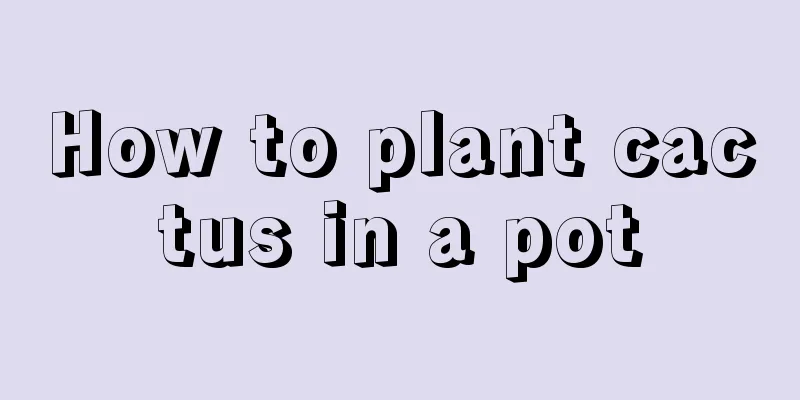How to prune mint potted plants

When to prune mint potted plantsMint potted plants are suitable for pruning during the seedling stage, after flowering, during the growing season and during the dormant period. The pruned branches of mint potted plants can be used for cuttings. When cutting, choose creeping branches or growing side branches. The branch length should be about 5-15cm. Choose loose soil and directly insert the branches into it. How to prune mint potted plantsMint needs to be heavily pruned during the growing season, mainly to remove branches that show signs of disease and pests to avoid infection of other healthy branches. At the same time, some thicker branches should also be thinned out appropriately to increase ventilation and light transmission inside the plant and provide space for new branches to grow. After mint blooms, the remaining flowers need to be cut off in time, and the thinner branches should also be cut off to reduce the loss of nutrients and allow the plant to grow stronger. Winter is the dormant period of mint. At this time, you only need to cut off the dead branches and rotten leaves. Some branches that are not growing well can also be pruned. The pruning length is about 3-5 cm, which can make its nutrient supply more concentrated. Mint Pruning TipsWhen pruning potted mint, it is best to cut about fifteen to ten centimeters above the soil, leaving only three or four layers of leaves. Similar plants need to be topped. The more you cut, the more lush they will be. During the growing season, you should pinch the tops in time to promote the growth of side buds. Mint pruning grows fastIf you want to grow the mint in your home pot plant lush, you should pinch and prune it during the maintenance process. Mint needs to be pinched frequently to grow more lush. Notes on pruning mint potted plantsAlthough shaving the mint potted plants can promote the growth of side buds, it should be noted that "shaving" cannot cut off all the old leaves at once. Some synthetic nutrients should be retained for the growth of new leaves. After the side buds and new leaves grow bigger, the old leaves can be removed. |
<<: How often should I water Monstera in summer?
>>: Can I plant bamboo in my yard?
Recommend
The method of making the green radish climb the wall for 5 years without yellowing leaves is so simple
Want the green and lush green radish? Use beer mi...
How to propagate Oncidium
Propagation by division Oncidium is a compound-st...
Orange tree seedling planting method
Orange is a sweet and juicy fruit and a very popu...
Things to note after transplanting gardenia
1. Spray Spraying is the most important thing dur...
Sponge gourd planting time and technical points Sponge gourd outdoor planting method and management technology
Sponge gourd seedling raising method and time Spo...
When is the best time to plant chives?
Leek planting time Leek is suitable for planting ...
Don't water the longevity flower cyclamen casually in summer, or it will die if you are not careful
Schlumbergera Reasons for growing flowers: During...
How to artificially pollinate tomatoes, how to pollinate greenhouse tomatoes
1. How to artificially pollinate When doing artif...
How to care for azalea to make it more vigorous (home care and management methods for azalea)
1) Sunshade and protection from sun exposure Ever...
How to grow tiger skin plant best
1. Soil suitability If you want it to grow better...
Methods and precautions for cutting propagation of trumpet creeper
How to reproduce trumpet creeper Trumpet creeper ...
The efficacy and function of galangal
1. Basic Information In order to prevent some fri...
How to plant blueberry seedlings
1. Planting seedlings Generally, planting is chos...
What soil should be used to grow Chinese evergreen
1. Soil selection Peperomia likes loose, fertile,...
How to propagate the variegated leaf ball orchid
1. Cutting propagation The most commonly used met...









